Montana’s Secret Cats: BOBCAT & LYNX
The bobcat stopped in the trail and looked straight into my eyes. I froze, surprised by my good fortune. Though (s)he was a juvenile, the bobcat, oversized paws and all, was still about twice the size of a house cat. Its camouflaged coat was dotted with dark spots, ending with a short, bobbed tail.
We stared at each other for what seemed several minutes before the cat, satisfied with its observation, turned its head, silently disappearing into the ponderosa pine forest. In many places seeing a bobcat in the wild is a rare treat. This chance encounter made for one of the highlights of my summer.
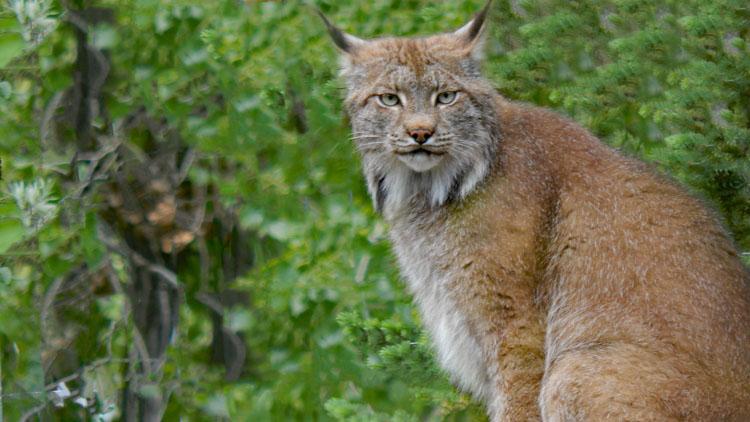
Ambush Predators
As ambush predators, bobcats and other wild cats such as cougar or lynx live secretive lives, rarely allowing glimpses into their world. It’s a strategy which has largely served them well. Bobcats are widespread across the United States, and biologists estimate their populations are increasing in most areas. They’ve adapted to living in various landscapes, and are able to hunt diverse prey.
The cat I saw had learned to live in proximity with people, something most bobcats try to avoid. As the West continues to develop, more and more cats are having to learn to deal with people, but that doesn’t make them any less wild. Take the recently posted video of Utah biologists releasing a young bobcat caught because it was eating chickens (See "Murderbritches").
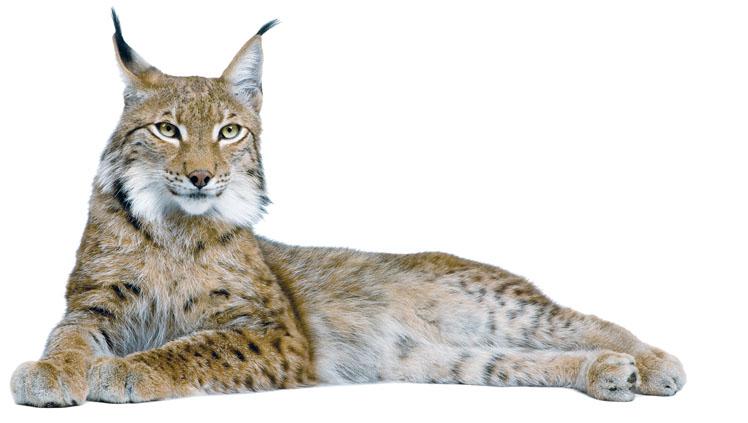
As ambush predators, bobcats typically target smaller mammals like rabbits and rodents. In the spring they hunt deer fawns, larger males in the northern part of their ranges have even been documented taking adult deer, an impressive feat for a animal who weighs between 15-35 lbs!
Here in Montana at least one bobcat has gained notoriety for an unusual hunting strategy, capturing waterfowl in winter. In recent years, at least one bobcat has taken up residence along the Madison River in Yellowstone National Park. Patiently waiting in the snow, the cat pounces into the water, capturing unsuspecting ducks who float by. Though this hunting strategy may seem surprising to cat owners who know their domestic felines to be water averse, many wild felines, including mountain lions and leopards will readily pursue prey into water. Regardless, the Madison River bobcat’s showy hunting style has led to a surge in bobcat-specific tourism during the winter, with a whopping economic impact of $308,105 per year to the surrounding communities according to research published in the Journal Biodiversity and Conservation.

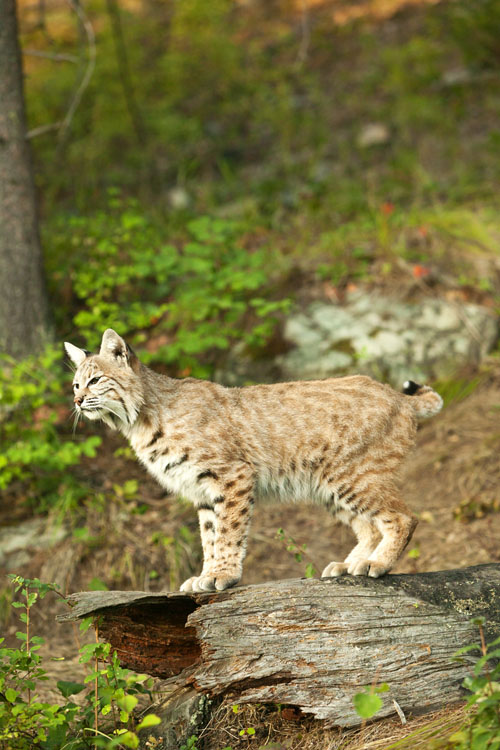
Reproduction and Young
Though bobcats are highly adaptable to different food sources, their overall population depends on its abundance. Our harsh winters constrain most mating opportunities to February and March, though it is possible during other times of year. Successful breeding is likely tied to prey ability. When food is scarce, pregnancy rates can drop significantly. However, when enough food is present, courting bobcats exhibit playful behavior similar to house cats. They may run, chase, and pounce upon each other before mating as many as 16 times in one day!

After a two month gestation period, kittens are born in well hidden and protected den sites. Bobcat mothers select fallen trees with dense branches, boulder fields with tiny openings and other hidden areas to leave helpless kittens, which she must leave while hunting for the first five weeks. Males are long departed by this time and do not assist with rearing young. Ever careful to protect her kittens, bobcat mothers will move them to new den sites multiple times during this time, helping to reduce predation and parasite build up. After seven months, the juveniles usually disperse, heading out into the wild on their own for the first time.
Today bobcat populations seem to be increasing in many areas of their range. Studies estimate around 3.5 million cats across the country, a testament to their highly adaptable nature. Though we do not often see these reclusive cats they are all around us, making the most of the changing world around them.
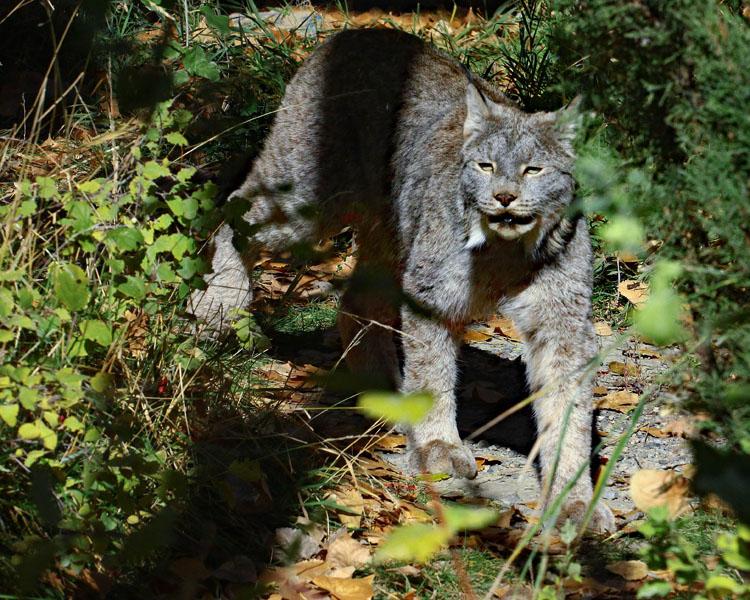
What About the Lynx?
While bobcats seem to be thriving, their larger cousin, the lynx is not. Where bobcats can adapt to desert conditions and shy away from deep snow, lynx rely on it, using their large snowshoe like paws to travel effortlessly through the winter landscape. They are classically entwined with snowshoe hare populations, following the boom and bust cycles of their primary prey. When hare populations surge, lynx can quickly grow 10-17 times in number.

But throughout some parts of the West, lynx seem to be vanishing. In 2000, lynx were listed as a Threatened Species, and they have not been documented south of Yellowstone since 2010. In southern Montana, sightings are rare, the most recent being a set of tracks near Yellowstone’s northeast entrance in 2014. Though populations in Northern Montana seem to be stable, biologists give the Greater Yellowstone population of lynx less only a 35% chance of persistence by 2050.
What’s causing the vanishing of lynx? The southern range of this cat contains more fragmented habitat and less prey availability, which means the animals must inhabit larger ranges to survive. Inconsistent snowfall and shorter winters is also likely contributing. Where snow is thin, or snowmobile tracks provide packed trails, other predators like bobcat and coyote can push lynx out of desirable habitat, shrinking their possible home ranges. Massive climate-change-driven wildfires may soon eliminate much of the sheltered spruce fir habitat that both lynx and snowshoe hares depend upon.
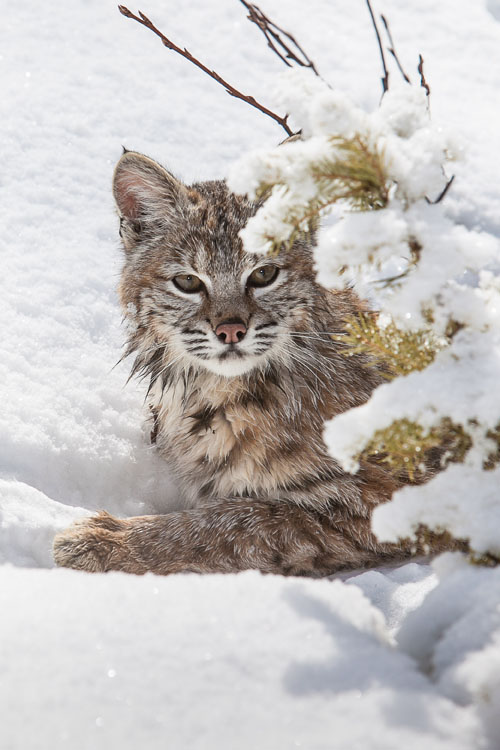
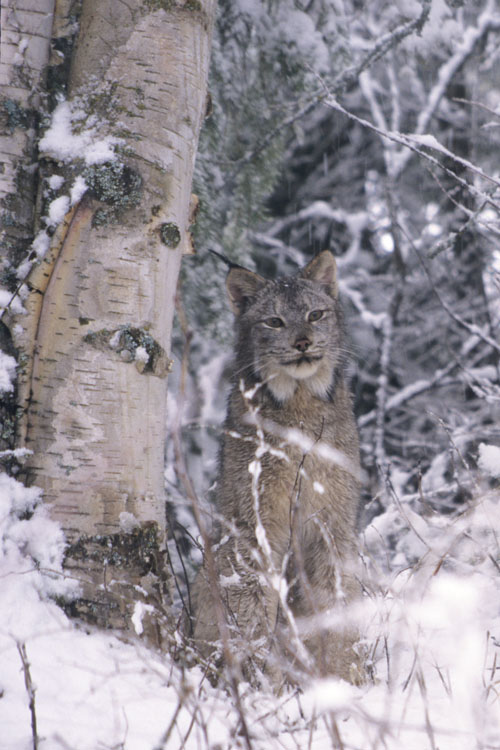
Yet lynx persist, and thrive further north in Montana and across much of Canada. Within the Greater Yellowstone Ecosystem, suitable habitat does remain. Most people will never have an opportunity to see a lynx in the wild, but maybe knowing that they are somewhere out there, eking out a living is enough.



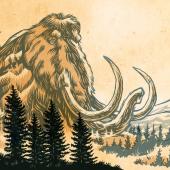
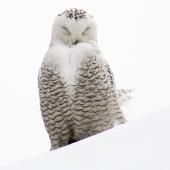
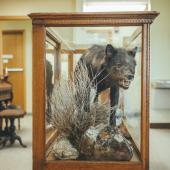


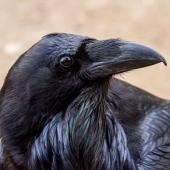
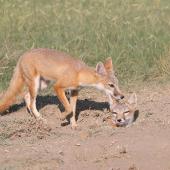
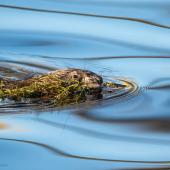

Leave a Comment Here